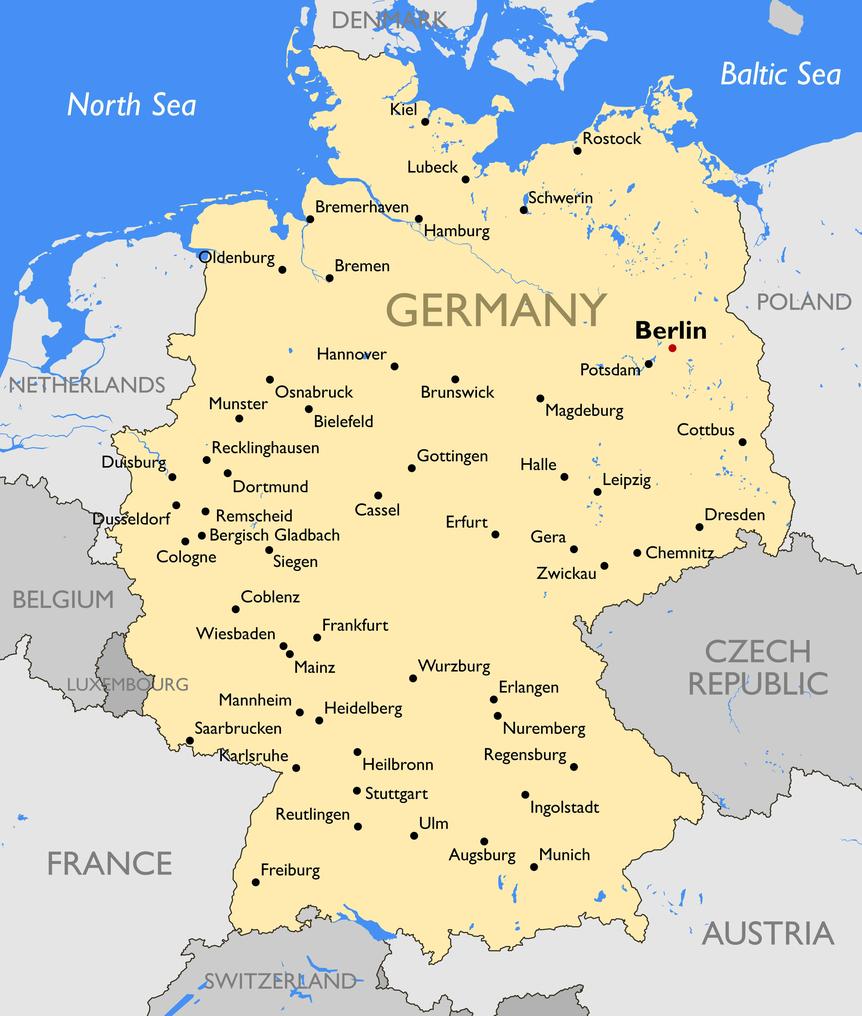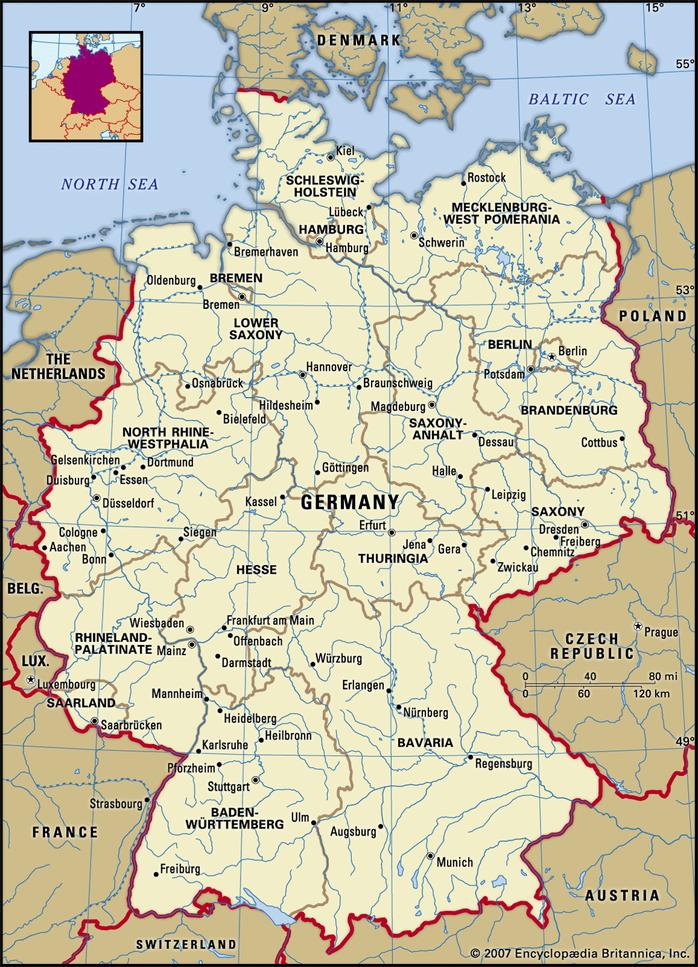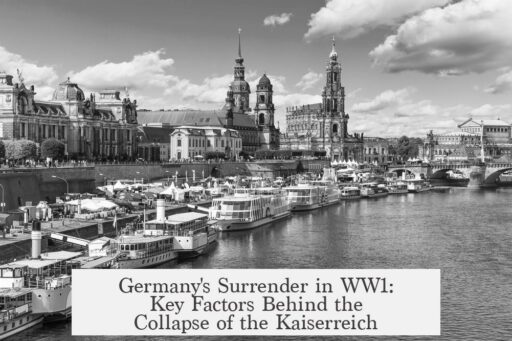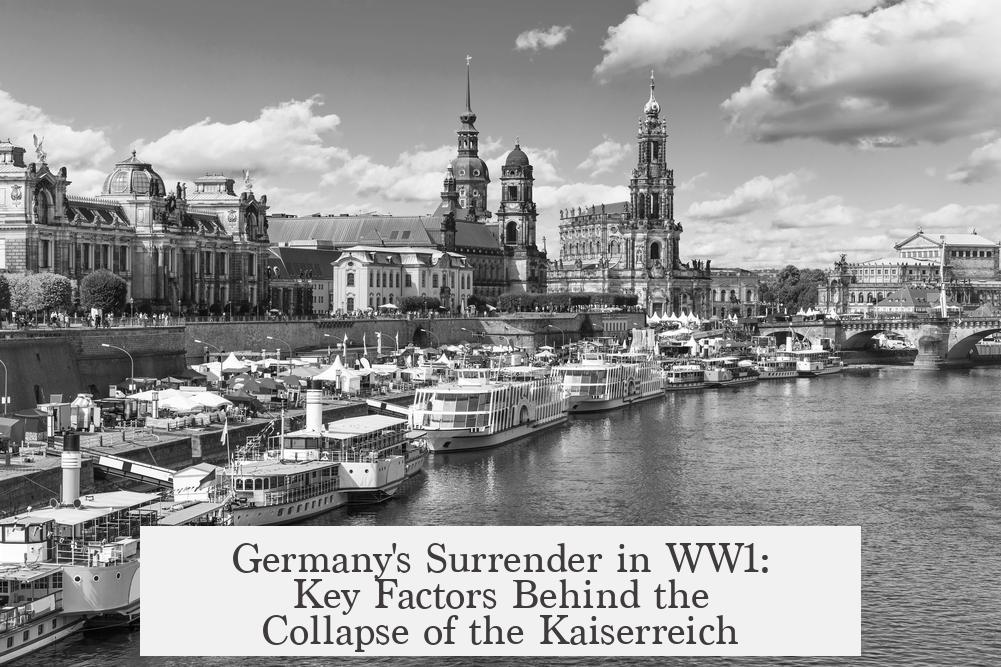Germany surrendered in World War I primarily due to military defeat, depleted resources, political unrest, and the collapse of allies, all culminating in a loss of war capacity and morale by late 1918.

The decisive factor was the complete capitulation of the German army during the 1918 Allied offensives. The Allied “100 days offensive,” especially the Battle of Amiens in August, marked a turning point. German forces suffered catastrophic losses, including 50,000 prisoners at Amiens, which became known as the “Black Day of the German Army.” These defeats shattered German frontline positions and forced continuous retreats. The army lost its ability to mount significant counterattacks and had no reserves left, prompting General Ludendorff to inform civilian leaders that the military situation was hopeless.
German morale collapsed alongside manpower. The army had exhausted its best troops during the failed Spring Offensive (Kaiserschlacht), which aimed for a decisive victory but resulted only in overextended lines and severe attrition. Stormtrooper units that had once spearheaded attacks were depleted. By the fall of 1918, many units were barely capable of static trench defense. Desertion and abandonment of positions became frequent as soldiers lost the will to fight.

Resource shortages compounded the military crisis. Germany relied heavily on imports for food, fuel, and industrial materials. The Allied naval blockade, effective since the war’s start, severely restricted these. The harsh winter of 1917-18 worsened the shortage of essential supplies at both the front and home. Without sufficient refined petroleum products, Germany’s war effort faltered. The collapse of the Central Powers’ alliances—Bulgaria surrendered in September 1918, followed by the Ottoman and Austro-Hungarian empires—isolated Germany. This added pressure reduced supplies, troops, and strategic options, as enemy forces could now attack Germany from multiple fronts.
Political unrest worsened conditions inside Germany. By late 1918, public morale plummeted, and widespread dissatisfaction with government and the Kaiser grew. Military discipline broke down, with mutinies breaking out—most notably the naval revolt in Kiel at the end of October. This uprising triggered widespread social and political upheaval, with revolutionary sentiment spreading rapidly. The German state teetered on collapse, undermining any coherent war effort or hope of a recovery.

The entry of the United States into the war in 1917 added a critical dimension. Though not the sole cause of defeat, American economic strength and fresh troops swung the strategic balance firmly in favor of the Allies. Increasing numbers of well-equipped American soldiers reinforced allied advances, enabling successful combined attacks with tanks and air support. This steadily overwhelmed the exhausted German forces.
The final dissolution of Germany’s defenses came with the Allied breakthroughs at the Hindenburg Line in late September and early October 1918. These impressive attacks penetrated what was considered an almost impregnable defensive line. For example, the British Expeditionary Force’s 29th Division cracked the St. Quentin Canal defenses, advancing through key terrain and rendering German counterattacks ineffective. This collapse made further resistance futile and forced Germany to seek an armistice.

| Reasons for Germany’s Surrender in WW1 | Details |
|---|---|
| Military Defeat | Major losses in 1918 offensives, collapse of frontline, army in retreat and exhausted |
| Low Morale and Manpower | Loss of elite troops, desertions, troops unwilling to fight |
| Resource Shortages | Naval blockade cut essential imports, harsh winter intensified shortages |
| Collapse of Allies | Allied powers surrendered, opening new fronts against Germany |
| Political Unrest | Mutinies, revolutions, loss of government control |
| American Entry | Boosted Allied forces with fresh manpower and economic resources |
| Failed Spring Offensive | High casualties with no decisive success, left forces vulnerable |
| Allied Breakthroughs | Penetrated Hindenburg Line, forced German withdrawal |
The German surrender was the result of a combination of factors. Militarily, Germany was overwhelmed by sustained Allied pressure and unable to replace its losses. Economically, it suffered from blockades and resource scarcity. Politically, Germany’s internal unrest destabilized its war effort. The loss of allies and the arrival of American forces tipped the balance decisively against Germany. Taken together, these conditions made continued war impossible, leading to Germany signing the armistice in November 1918.
- Germany’s military was exhausted and in full retreat after the 1918 Allied offensives.
- Manpower and morale collapsed due to heavy losses and lack of resources.
- The Allied naval blockade severely limited Germany’s ability to supply its war effort.
- Political turmoil at home, including mutinies, undermined German stability.
- The collapse of Germany’s allies left it isolated strategically and economically.
- American entry brought overwhelming manpower and resources to the Allies.
- The failed Spring Offensive depleted German forces without gaining victory.
- Final Allied breakthroughs breached key defensive lines, sealing Germany’s fate.
Why did Germany Surrender in WW1?

Short answer: Germany surrendered in WW1 because its military collapsed under relentless Allied offensives, its army was exhausted and demoralized, its economy strangled by blockades, its allies fell apart, and political upheaval at home made further fighting impossible. Pretty much, the whole house of cards tumbled in 1918 after a long, brutal war.
Let’s unpack this epic downfall and understand why Germany finally threw in the towel.

Military Capitulation and Crushing Allied Advances
The German army wasn’t just losing; it was handing out the largest defeats of its war career in 1918. The Amiens Offensive in August 1918 was especially brutal. Soldiers nicknamed it the “Black Day of the German Army” because the losses were devastating—50,000 prisoners taken just in that battle alone. Imagine losing that many troops in one go. Most of Germany’s divisions could only hold static trench lines after that, losing the ability to effectively counterattack.
During the Allied 100 Days Offensive, Germany’s forces repeatedly fell back. No longer a stalemate, the frontlines collapsed. German General Ludendorff famously told the government, “It’s all lost.” The army had no reserves left, and regular retreats became the norm. The armistice, signed late in 1918, basically stopped a complete wipeout. Germany survived the ending, but it had certainly lost the war.
The Depleted Army and Morale Meltdown
The German army was running on fumes. Spring 1918’s massive Kaiserschlacht (the Spring Offensive) bled the best troops dry. After those offensives, morale tanked. Troops were exhausted and demoralized, barely wanting to fight anymore. Wasn’t just the soldiers; the entire society was struggling to keep going. Allies were dropping out. Supplies were tight, and the spirit was even tighter.
By late 1918, many German units were essentially falling apart. Elite stormtroopers — once Germany’s cutting edge — had been worn out. Many divisions could no longer attack effectively, only hold positions, if that. The army was crumbling from the inside out, and that showed on the battlefield.
Economic Crunch: Blockades and Resource Starvation
Germany’s economy depended heavily on imports — food, fuel, materials — all vital for running war machinery or feeding soldiers and civilians alike. Allied blockades effectively strangled this supply chain. By the winter of 1917-18, food and fuel shortages reached crisis levels on both the frontlines and home fronts.
This wasn’t just any shortages. Imagine trying to power a modern industrial machine without fuel or raw materials. Germany, heavily industrialized by 1914, needed global supply lines, which the Allies choked off. Sure, they had temporary workarounds, but these eventually ran dry by 1918.
One sneaky but critical point: refined petroleum products were key. The Germans simply couldn’t get enough. That meant less fuel for tanks, trucks, and airplanes. The war engine sputtered and slowed down, while the Allies revved up.
Political Turmoil and the Threat of Revolution
Meanwhile, chaos brewed at home. Discipline within the army started breaking down. Sailors in the German navy outright mutinied instead of following orders for a suicide mission against the British fleet. This sparked revolts in cities, threatening a full socialist revolution.
By the end of October 1918, Germany was basically ungovernable. Public confidence in the Kaiser was shot. Revolution was in the air — think of a powder keg about to blow. The country was on the brink of civil war, which it experienced in the years afterward. Fighting a world war under those conditions? Near impossible.
Collapse of Germany’s Allies: Fighting Alone is Tough
Germany’s allies—Bulgaria, Ottoman Empire, Austria-Hungary—crumbled one by one in late 1918. Bulgaria surrendered after an Allied offensive in September, providing the Allies new routes to attack Germany’s remaining allies. This domino effect put Germany in a tough spot. The Western front was breaking apart, and with allies gone, Germany faced the full might of the Allies alone.
Think of it this way: no country can fight the whole world indefinitely. Germany became that country, isolated and outnumbered.
The American Factor: Not a Decisive Knockout but a Heavyweight Punch
Many argue the United States’ entry into the war turned the tide. While the U.S. did not automatically guarantee Allied victory, its vast economic resources and fresh manpower made Germany’s win nearly impossible. American troops began arriving in increasingly larger numbers, boosting Allied offensives with tanks, artillery, and air support. The fresh energy from the U.S. was like a late-game power-up that Germany simply could not match.
Failure of the Spring Offensive (Kaiserschlacht)
Germany’s last big push to win the war came with the massive Spring Offensive in 1918. This was their best shot since 1914 to push the Allies and force a victory. They advanced remarkably but also overextended their lines. The counterattacks at Marne and Amiens crushed the German gains, and they had to fall back behind the fortified Hindenburg Line.
The offensive was an epic gamble that failed spectacularly. It left the German army exhausted and with fewer troops. It was the beginning of the end for the German war effort.
Allied Breakthroughs at the Hindenburg Line
Just when Germany thought their fortified Hindenburg Line might save them, the Allies smashed right through it at places like the St. Quentin Canal. The British 29th Division cracked open what was thought impregnable. This allowed the Allies to roll deeper into German defenses, making continued resistance borderline futile.
Each breakthrough chipped away at the already exhausted German defenses, turning retreat into collapse.
Putting It All Together: Germany’s Perfect Storm
So, why did Germany surrender in WW1? The answer isn’t just one cause—it’s the combination of:
- The military collapse in the face of overwhelming Allied offensives
- The exhaustion and depletion of Germany’s best troops
- An economic chokehold imposed by the Allied blockade
- Political unrest at home, with revolutionary tensions boiling over
- The collapse of Germany’s allies leaving it isolated
- The influx of fresh American forces and resources that tipped the scales
- Failure of its final offensive gambit, leading to decisive Allied breakthroughs
Germany exhausted itself trying to keep up a war it no longer could sustain militarily, economically, or politically.
Think about this: How much pressure must have built up inside Germany for officials to finally admit defeat? When your best troops are gone, your economy is on the ropes, your allies abandoned ship, and your cities threaten revolution, surrender becomes the only realistic option.
It’s a dramatic story of a military giant brought down by attrition, logistics, and internal chaos.
What Can Today’s Leaders Learn From This?
Germany’s surrender teaches us a few key lessons. War isn’t just about battlefield victories. It’s about resources, alliances, homefront stability, and morale. An army worn down by failed gambits and dwindling supplies will eventually collapse if the domestic situation crumbles alongside it.
Ignoring the connections between military effort and political-economic reality can quickly become a fatal mistake. Facing “all enemies alone” rarely works out well.
In Conclusion: The Surrender Was Inevitable
Germany’s surrender in World War 1 was the outcome of a complex web of military defeats, resource shortages, political turmoil, and the overwhelming pressure of a united alliance growing stronger with fresh U.S. participation. This multidimensional breakdown made continued fighting impossible.
Without fresh troops, supplies, or allies, and with its people turning against the war, Germany’s ideology shifted—from fighting indefinitely to seeking an honorable end before total collapse.
So next time you wonder “Why did Germany surrender in WW1?” remember: It wasn’t just one thing but a combined perfect storm of failures and pressures that finally forced Germany’s hand—and shaped the peace to follow.
Why did the German army collapse so quickly in 1918?
Allied offensives, especially the 100 Days Offensive, broke German lines repeatedly. The army lost many troops, morale plummeted, and reserves ran out. Germany could no longer hold its front, leading to full retreat.
How did resource shortages affect Germany’s ability to continue the war?
Germany depended heavily on imports. The Allied naval blockade blocked crucial food, fuel, and materials. By 1918, shortages led to hunger and fuel crises at home and on the front, crippling Germany’s war effort.
What role did political unrest play in Germany’s decision to surrender?
By late 1918, the military and civilians lost faith in leadership. Mutinies, revolts, and the threat of socialist revolution spread. This internal chaos made continuing the war impossible for Germany.
Did the failure of Germany’s 1918 spring offensive contribute to the surrender?
Yes. The spring offensive caused heavy casualties and overstretched German forces. It failed to break Allied lines, allowing the Allies to counterattack strongly and push Germany back decisively.
How did the collapse of Germany’s allies affect its surrender?
Bulgaria, Austro-Hungary, and the Ottoman Empire surrendered or collapsed. Germany lost key allies and supply routes, leaving it isolated and vulnerable to attacks on multiple fronts.




